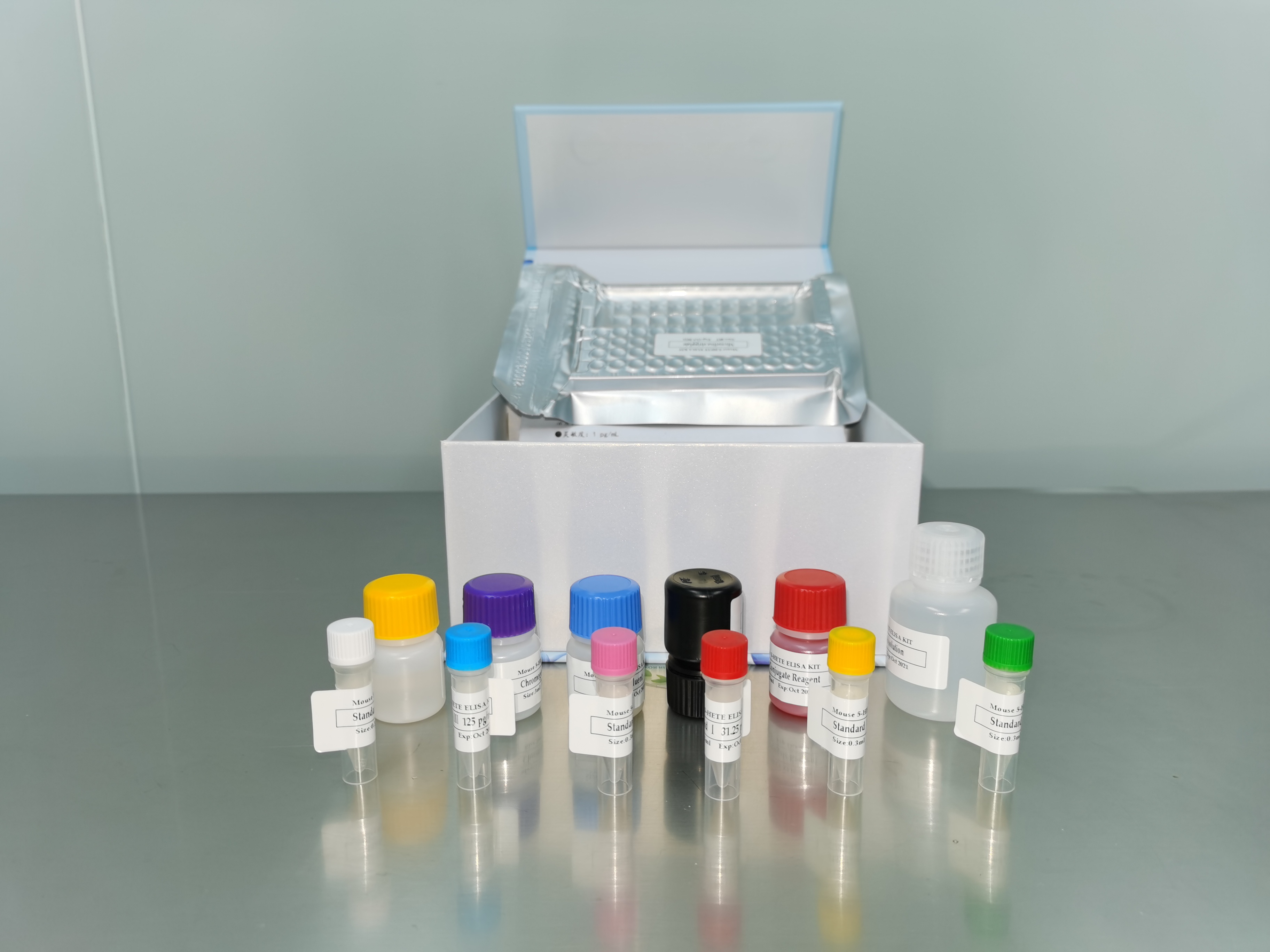| 产品名称: | Human gammaherpesvirus 4 (HHV-4) |
|---|---|
| 商品货号: | TS133862 |
| Classification: | Herpesviridae, Lymphocryptovirus |
| Deposited As: | Epstein-Barr virus |
| Agent: | Human gammaherpesvirus 4 (HHV-4) |
| Strain: | B95-8 |
| Common Name: | Epstein-Barr virus |
| Applications: | (1984), the B95-8 cells used to produce this strain of EBV are infected with and may also shed an uncharacterized type D retrovirus. |
| Biosafety Level: | 2
Biosafety classification is based on U.S. Public Health Service Guidelines, it is the responsibility of the customer to ensure that their facilities comply with biosafety regulations for their own country. |
| Product Format: | frozen 5 x 1 mL vials |
| Storage Conditions: | -70°C or colder |
| Comments: | A 1 mL aliquot of this EBV preparation is capable of transforming B-lymphocytes from a preparation of normal human lymphocytes when co-cultivated with a feed layer culture (such as ATCC® 55-X™). VR-1492 is the designation for the ATCC® set of five 1 mL vials of VR-1491. VR-1491 is EBV virus shed in the supernatant of persistently infected and transformed B95-8 cells. The EBV virus itself is of human origin. The B95-8 cells used to produce this strain of EBV are infected with and may also shed an uncharacterized type D retrovirus.
Quality control testing is done by transformation assay instead of TCID 50 |
| Effect on Host: | EBV transforms/immortalizes human and other primate B-lymphocytes. Indicators of transformed cells include cone-shaped cells, cells with spike-like projections, and small clusters of healthy cells. |
| Recommended Host: | B95-8 cells |
| Growth Conditions: | Temperature: 37°C
Recommendations for Infection:xa0Incubate in a humidified 5% CO2 atmosphere until indicators of successful transformation appear.
Incubation: 10-25 days |
| Name of Depositor: | G Miller |
| Special Collection: | NCRR Contract |
| Source: | Human lymphoblastoid cell line (883L) derived from a patient with transfusion-induced infectious mononucleosis. |
| References: | Caputo JL, et al. An effective method for establishing Human B lymphoblastic cell lines using Epstein-Barr Virus. J. Tissue Culture Methods 13: 39-44, 1991. Miller G, et al. Epstein-Barr virus: transformation, cytopathic changes, and viral antigens in squirrel monkey and marmoset leukocytes. Proc. Natl. Acad. Sci. USA 69: 383-387, 1972. PubMed: 4333982 Tumilowicz JJ, et al. Presence of retrovirus in the B95-8 Epstein-Barr virus-producing cell line from different sources. In Vitro 20: 486-492, 1984. PubMed: 6086497 |


